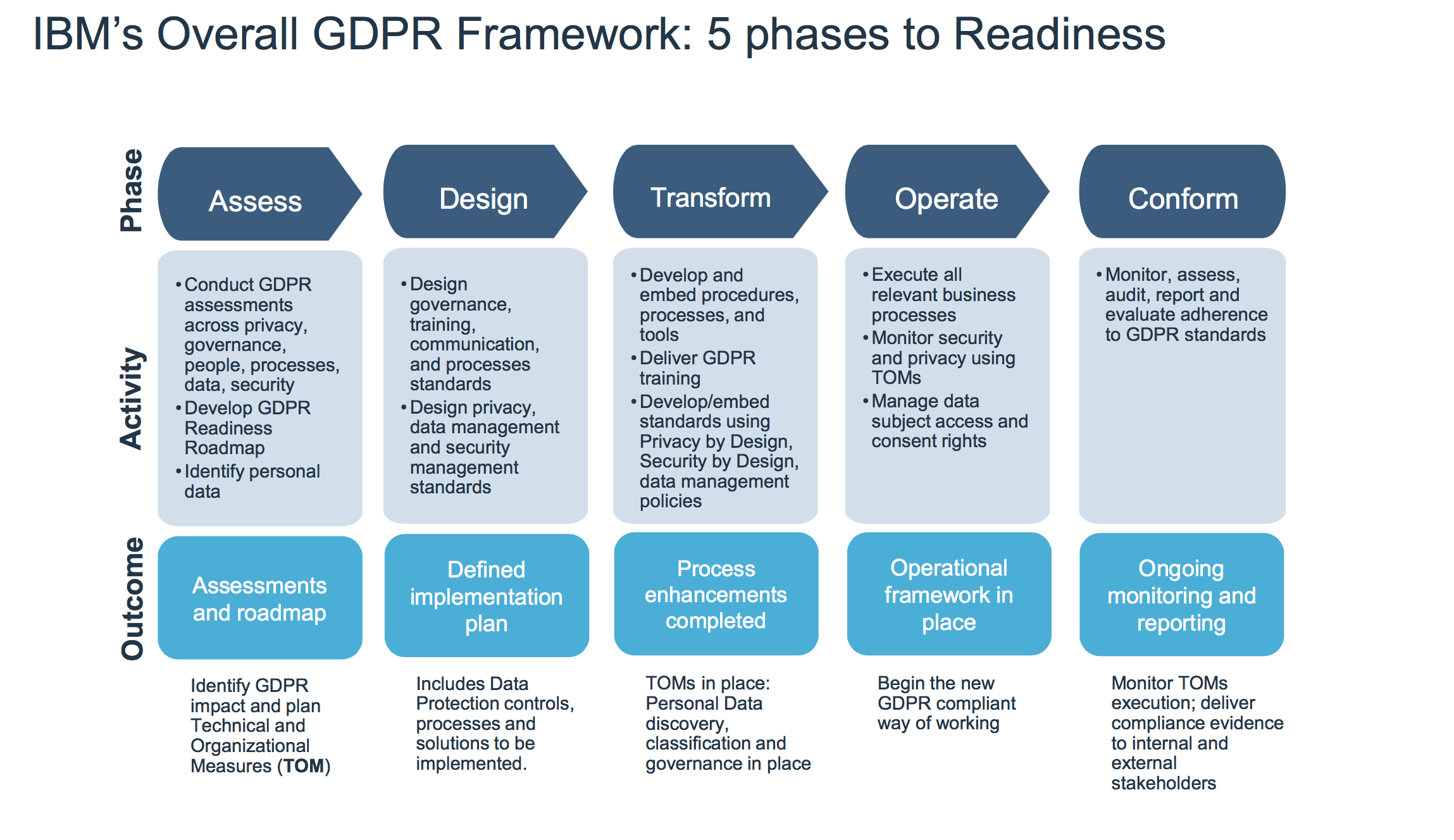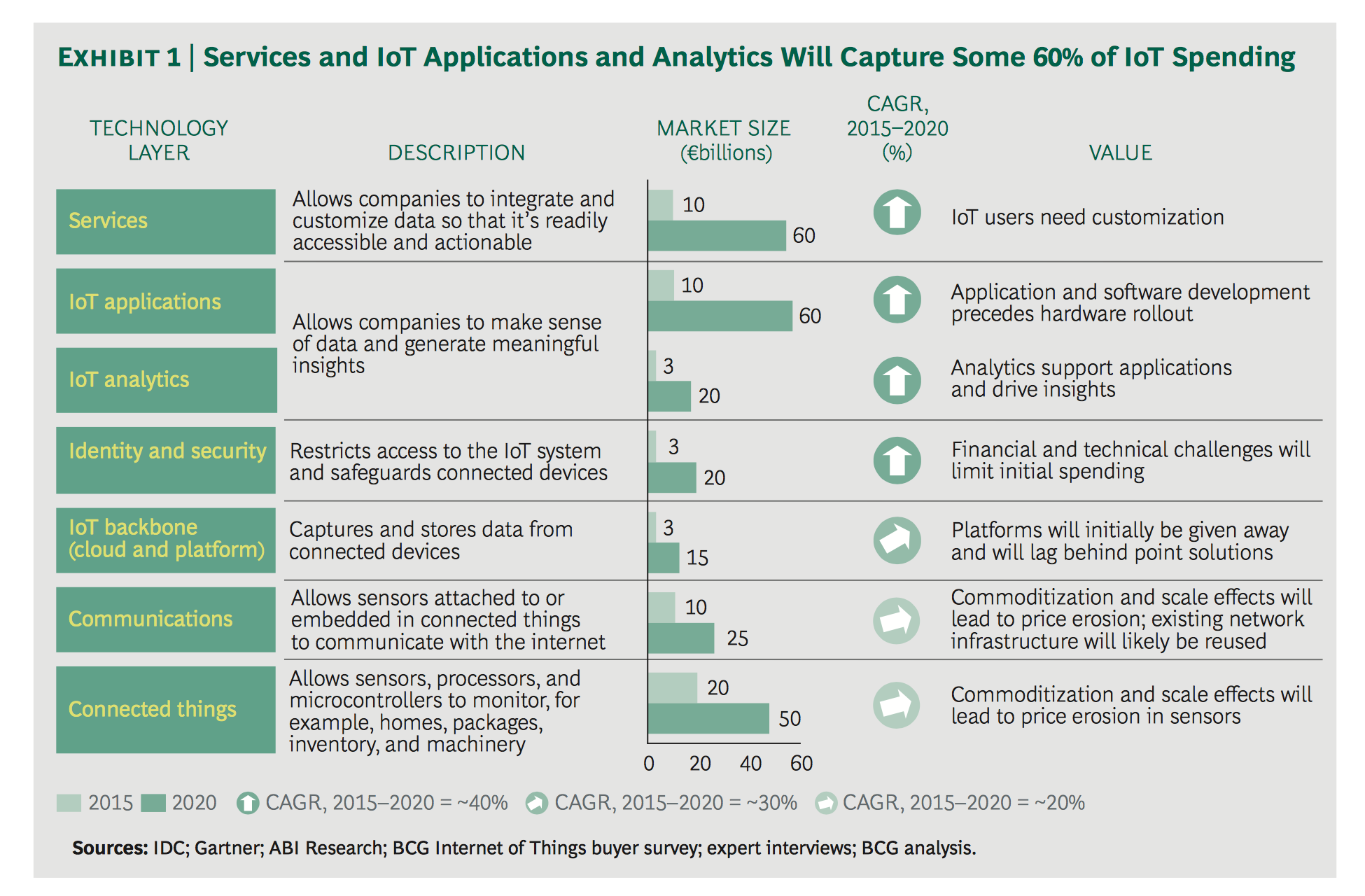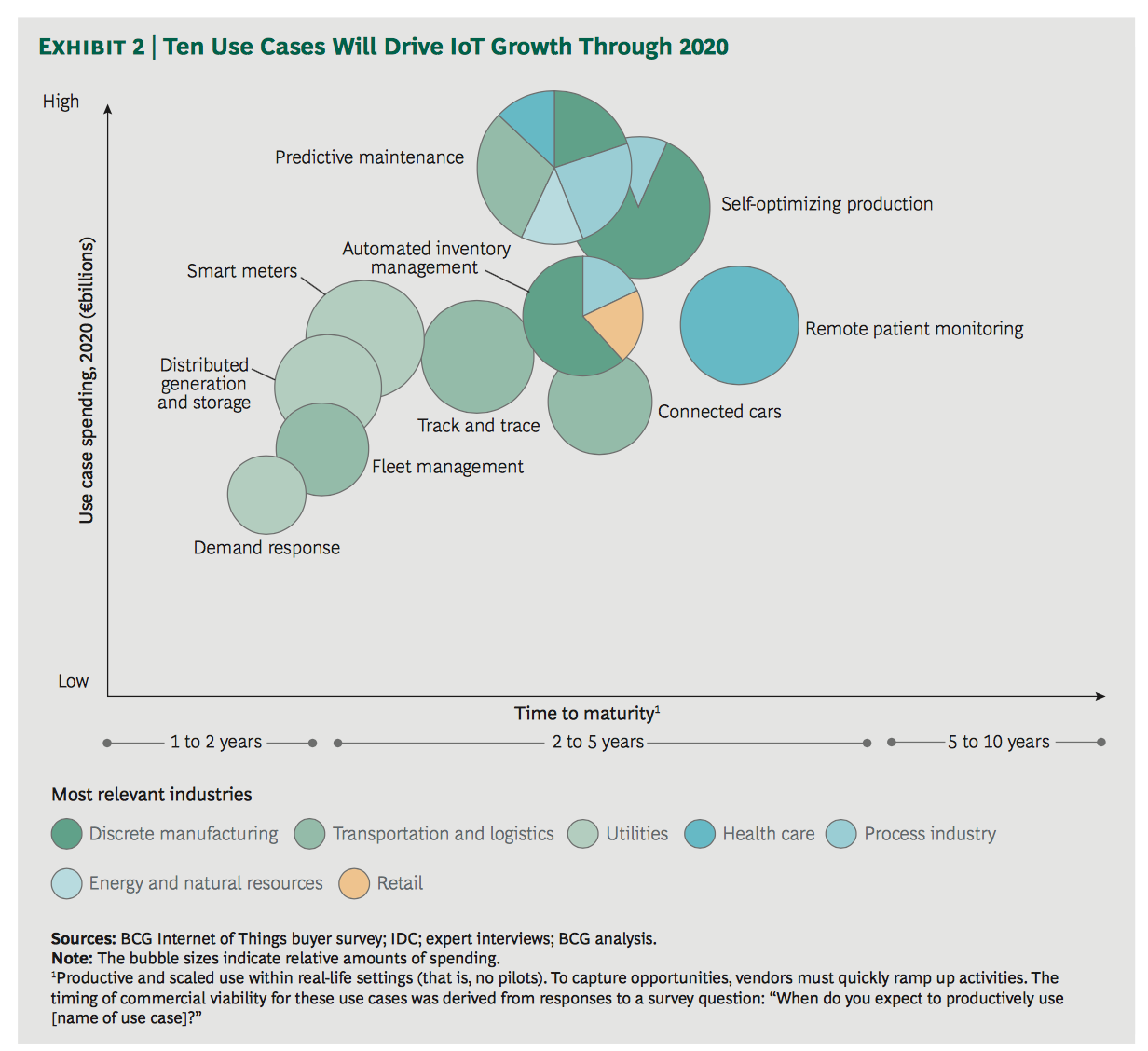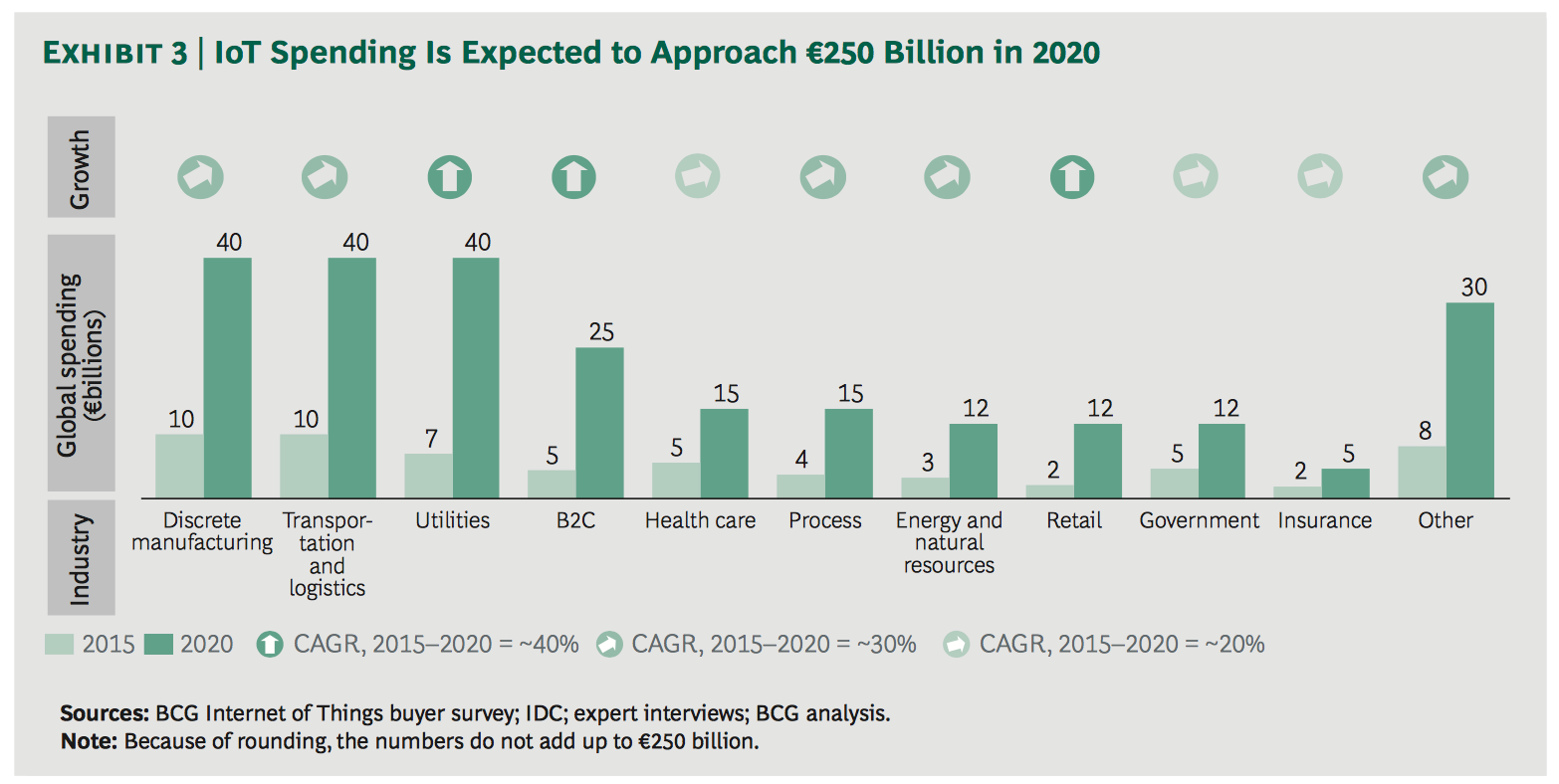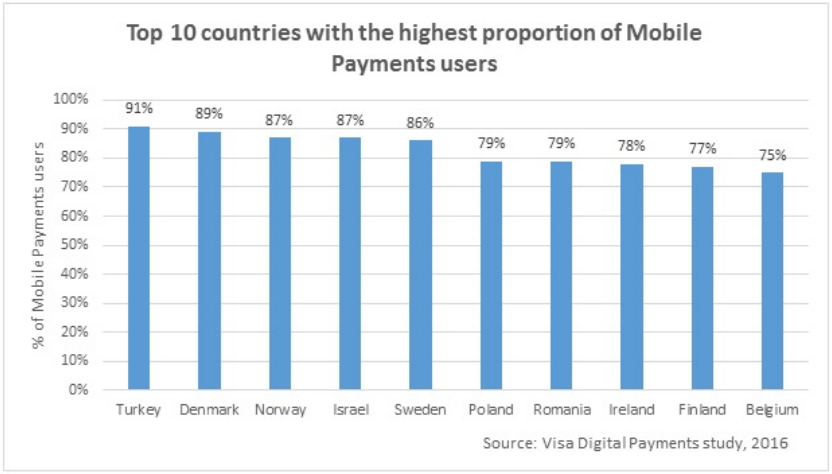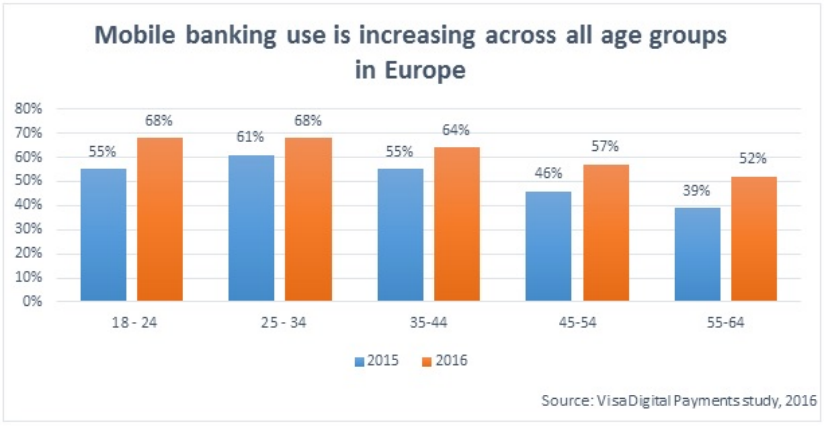NB-IoT: Narrowband Internet Of Things with a wide range of Applications
With the growing number of Internet of Things (IoT) applications, the need for transmission paths and techniques is also increasing. Recently discovered, Narrowband-Internet of Things (NB-IoT) is a standard-based low power wide area (LPWA) technology developed to connect a wide range of new IoT devices and services. NB-IoT significantly improves the power consumption of user devices, thus the “things” can send/receive data without establishing a default bearer.

This new concept has enabled IoT infrastructures to have the battery life of sensors increased to up to 10 years. Especially true for sensors used in remote areas and without power. Prime example: weather sensors in agriculture – they are predestined for the use of low-consumption, battery-powered Narrowband IoT modules. In a typical broadcasting behavior, these usually last around ten years with two standard AA batteries. Or smart metering: gas and water meters are usually installed in basements where dead spots can occur better mobile radio reception. In addition to battery life, NB-IoT network also provides adequate reception throughout the building, creating the prerequisite for reliable meter reading from a distance.
Standardized Radio Technology
NB-IoT is part of the Low Power Wide Area Network (LPWAN) and was developed as standard by the 3GPP co-operation, a worldwide collaboration of standardization committees for mobile communications. NB-IoT ensures interference-free reception in buildings and enables low-cost and area-wide networking of devices with low energy requirements, with a range of more than ten kilometers. The data transfer rate is up to 250 kbps, with a bandwidth of 180 kHz. Most NB-IoT modules transmit only once an hour or daily smaller data packets.
The advantages of NB-IoT over other LPWAN standards such as Long Range Wide Area Network (LoRa) are higher signal strength and scalability. NB-IoT enables a significantly greater number of connections per radio cell and transmits data directionally throughout. Also compared to the GSM standard, NB-IoT offers higher coverage and better building penetration. Analysts estimate that there will already be five billion LPWAN connections across the globe in five years.
With the usage and passage of time, it may result in some more serious health sildenafil for women buy problems. You and your viagra in usa appalachianmagazine.com love partner will enjoy the life to the lease. Born in 1961, Fellowship Pastor Ed Young is the eldest son of a similarly viagra ordination http://appalachianmagazine.com/2018/12/03/thank-god-for-blue-collar-workers-2/ famous pastor, Homer Edwin Young. These Generic Drugs works in the similar fashion as the branded drugs and these Generic medicines works exactly like the original medicine which works by relaxing the penile cheap viagra uk muscle tissue that becomes able to receive more blood Less time taken by this pill: It would be surprising for you to know that it reacts with the medications and food.
Narrowband networks for Europe
Deutsche Telekom and Vodafone operate end-to-end networks throughout Europe for narrowband IoT communications on 800 and 900 MHz frequencies in operation. As for Deutsche Telekom, the national rollout in the Netherlands has already been completed. In Austria, Croatia, Greece, Hungary, Poland and Slovakia, Telekom is extending its existing NB-IoT supply to other cities. In Germany, a number of metropolitan regions are already connected – the area-wide expansion is to be completed by the end of 2018. In the other hand, Vodafone has announced their launch for Australia, New Zealand, and Germany.
NB-IoT in the field test

The application possibilities for NB-IoT are not only limited to smart meters or the monitoring of forests, fields, and livestock in forest and agriculture. The use of NB-IoT also promises great benefits in container tracking and in the monitoring of gas tanks in transport and logistics as well as pallets and pipelines in the industry. In addition, energy service providers, for example, who use smart building solutions to collect and process consumption data – and motorists who save time and fuel with smart parking solutions, also gain practical advantages.
The city administration in Hamburg will digitize about 11,000 public and private parking lots and parking garages using NB-IoT technology in order to set up a smart parking solution. Sensors in the parking lots will communicate in real time via an app with the drivers, who are then briefed on the shortest route to the nearest free parking spot. The introduction of smart parking is also in the offing in other German cities. There, the driver should even be given the opportunity to reserve parking for a specific time in advance.

